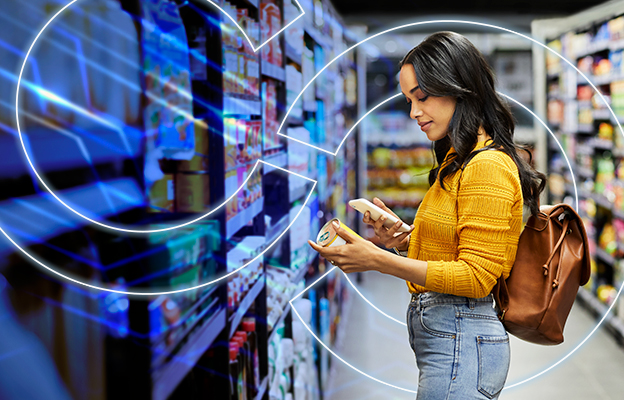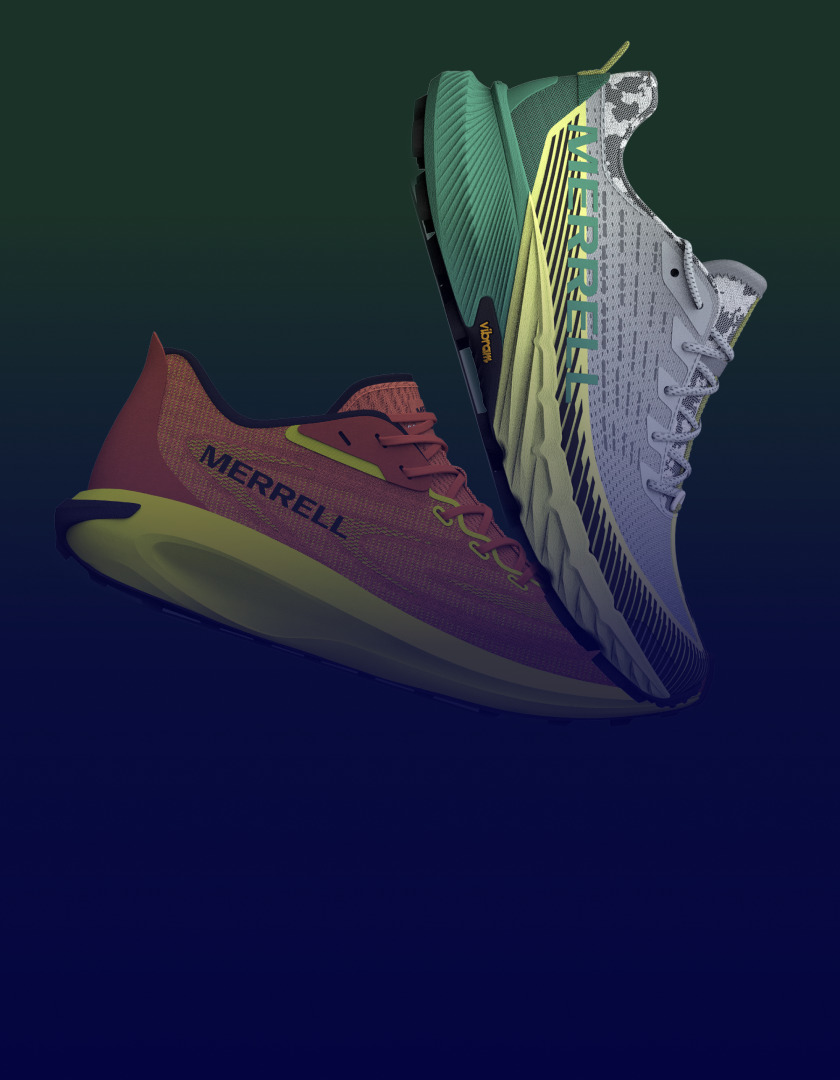A Brand’s Guide to Choosing the Right Packaging Management Software

For many retail brands, the packaging of their products makes up a significant percentage of total product costs. When not managed correctly, packaging can quickly erode margins and bring even the most popular products to lower profitability.
Often, the management of packaging processes happens over email or on siloed tech platforms that don’t integrate. The result? Costly delays, avoidable mistakes and compliance slip-ups that can snowball into recalls and damage the consumers trust.
But brands that invest in effective packaging management software flip that story. They can cut development timelines by 25–40% and can reduce packaging costs by 15–20%. The common thread among these leaders is that they care less about flashy dashboards and more about the essentials, including seamless integrations, strong supplier collaboration and built-in compliance support.
What packaging management software does
Packaging management software brings every stage of the packaging lifecycle into one single source of truth, from concept development through production and market compliance. Unlike generic file storage tools, these software platforms connect technical specifications with supplier workflows, artwork coordination and regulatory tracking to create a single, actionable environment.
In short: what’s usually done over email, spreadsheets and disconnected programs get unified in real-time with packaging management software. A change performed in one area is automatically reflected across the packaging ecosystem.
For brands that leverage these technologies, the results speak for themselves. Numerous consumer goods companies have reported cost savings of 15-20% thanks to packaging management software. These gains come from reducing errors, eliminating manual handoffs and accelerating collaboration with suppliers.
At its core, the technology addresses the biggest barriers for packaging teams: managing complex workflows with multiple stakeholders, ensuring compliance across global markets and driving smarter decisions that balance cost efficiency with sustainability. Intelligent automation and data-driven insights turn packaging into a source of measurable business value.
Essential capabilities in packaging management
The most effective packaging management platforms share a set of core capabilities that streamline operations, reduce risk and create measurable business value. Here’s what they have in common.
Centralized specification management
Advanced platforms store packaging specifications, materials data and design requirements in a single system. Version control tracks changes across product iterations, while automated validation highlights conflicts early.
Integration with design systems and standardized templates promotes consistency and automated approval workflows speed decision-making. Change impact analysis reveals downstream effects of specification updates before they create costly issues.
Supplier collaboration and communication
As with all areas of the supply chain, packaging development depends on coordination with suppliers, co-manufacturers and testing partners. Effective platforms provide shared workspaces where stakeholders access current specifications, exchange proposals and monitor progress.
Request for proposal management simplifies vendor selection, dashboards track supplier quality and delivery performance and communication histories maintain complete records. These features enable faster iteration cycles while preserving documentation standards.
With effective packaging management, collaboration moves from “nice to have” to essential to consistently lower costs and times to market. Some platforms, including product lifecycle management solutions, offer collaboration features from start to finish, or from ideation and conception to end-of-cycle product stages.
Regulatory compliance automation
Global brands must meet shifting requirements across markets. Modern systems automate compliance checks against up-to-date regulatory databases covering food contact, labeling and environmental rules.
Automated validation flags risks before production begins, regulatory alerts inform teams of changes and documentation management ensures audit readiness. Platforms support workflows spanning FDA requirements, EU directives and other global frameworks.
Artwork and creative asset coordination
Product artwork sits at the intersection of branding, regulation and technical execution. With so many aspects of artwork, it’s easy for it to get disorganized and outdated.
Platforms connect creative development with specifications to align brand standards and regulatory needs. Asset libraries maintain approved designs, structured approval workflows coordinate marketing, legal and operations and proofing tools validate artwork against technical requirements.
Integration with creative software combined with version control supports consistency across product variants.
Sustainability tracking and optimization
Environmental impact has become central to packaging strategy. Advanced platforms embed sustainability metrics into the specification process. Materials databases include environmental scoring, optimization tools balance cost and sustainability and reporting supports corporate sustainability commitments.
These capabilities quantify trade-offs, enabling informed decisions that advance both business and environmental goals.
Implementation and change management
Strong planning and structured change management determine whether a packaging management platform delivers lasting impact or stalls at rollout. Here’s how it works.
Project planning and stakeholder engagement
Effective implementations begin with structured planning that accounts for technical migration, process alignment and organizational change. Cross-functional participation is essential, with input from packaging engineering, procurement, quality assurance, regulatory affairs and IT.
Planning activities include migrating existing specifications and supplier data, mapping processes to uncover opportunities for improvement and designing training programs tailored to different user groups. Most projects take four to six months, depending on integration scope and organizational complexity.
Adoption succeeds when value is clear from the start. Introducing foundational features such as centralized specification access and streamlined supplier communication builds early momentum. Once teams see results, the roadmap can expand toward advanced functions such as predictive analytics and automated compliance validation.
Performance measurement and optimization
Clear success metrics should be defined before implementation, or even consideration, begins. Common measures include reduced packaging development cycle times, fewer specification errors, stronger supplier collaboration and fewer compliance incidents.
Monitoring these metrics during the first 90 days provides insight into where optimization is needed.
Sustained success relies on continuous improvement. Regular feedback loops, performance analytics and vendor best practices keep the platform aligned with business needs. Periodic system health checks maintain stability as user numbers increase and transaction volumes grow.
How to evaluate packaging management software vendors
Choosing the right partner is just as important as choosing the right platform and a structured approach makes the evaluation process more reliable.
A packaging management software is a partner in business, so choosing one should reflect a brand or retailer’s vision for the future with the technological realities of their present operations. Here’s where to start.
Look at the company behind the platform
A vendor’s stability and experience shape how well it can support packaging initiatives. Established players with a strong presence in consumer goods bring industry-specific knowledge and proven track records.
Newer entrants may bring fresh innovation, but may not yet match the depth of experience. References, case studies and prior implementations reveal whether a vendor truly understands packaging’s regulatory challenges, supplier networks and operational demands.
Check customer validation
Talking to current customers is one of the best ways to see how a platform performs in practice. Seek out brands with similar product portfolios, supply chain complexity and global reach.
Ask about implementation timelines, support quality and measurable outcomes such as faster cycle times or cost savings. Published case studies can highlight ROI, but direct conversations often provide the most candid view of both benefits and challenges.
Evaluate technology and tools
A vendor’s commitment to product development signals how well its platform will adapt to evolving needs. Leading providers invest a significant share of revenue into research and development and deliver frequent updates.
Look for innovation in areas like AI-driven compliance analytics, sustainability insights and supplier collaboration tools. These specified capabilities separate modern platforms from older document-based systems.
Real-World industry specific considerations
Different industries face unique packaging challenges and the right platform should adapt to those requirements while scaling with business growth. Choosing a packaging management platform that understands the true pain points and obstacles for retail brands is key.
Food and beverage
Food and beverage brands operate under some of the most rigorous regulations. From FDA compliance documentation to nutritional labeling and allergen management, every detail matters. Platforms that support food contact material databases, shelf-life testing and supply chain traceability reduce risks and keep launches on track.
Advanced tools such as automated nutrition label generation, allergen analysis and real-time monitoring of regulatory changes help brands stay compliant while protecting consumer safety. Integration with quality management systems ensures food safety protocols remain consistent and audit-ready.
Cosmetics and personal care
Cosmetics and personal care companies face global regulatory complexity, with rules around ingredient disclosures, safety documentation and claims substantiation. Software platforms designed for this sector support ingredient databases, regulatory submission workflows and compliance tracking across multiple markets.
Capabilities such as automated ingredient safety checks, regulatory update alerts and centralized documentation for clinical testing help brands maintain trust. Coordinating premium packaging requirements with technical specifications ensures compliance without sacrificing aesthetics.
Consumer goods and electronics
For consumer goods and electronics brands, packaging brings a different set of demands, from multi-component assemblies and durability requirements to anti-counterfeiting safeguards. Platforms for this sector manage technical specifications, testing protocols and intellectual property protection.
Key features include compatibility verification for components, compliance tracking against electronics standards and secure collaboration spaces for sensitive design data. These tools ensure packaging protects both the product and the brand.
Turn packaging management into a growth driver
When optimized, product packaging can become a strategic driver of speed, compliance and brand value. Brands investing in packaging management software often cut cycle times and reduce costs while also mitigating compliance risks that can cost millions in lost margins and revenue.
For modern brands and retailers, the message should be loud and clear. Manual tools no longer keep pace with the complexity of global packaging. Modern platforms unify specifications, orchestrate supplier collaboration and automate compliance checks, enabling teams to move faster, reduce errors and unlock sustainable growth.
Don’t wait for delays or recalls to expose the gaps in the process. With Centric PLM™, retail brands can turn packaging into measurable efficiencies, accelerated product launches and stronger trust with customers.








